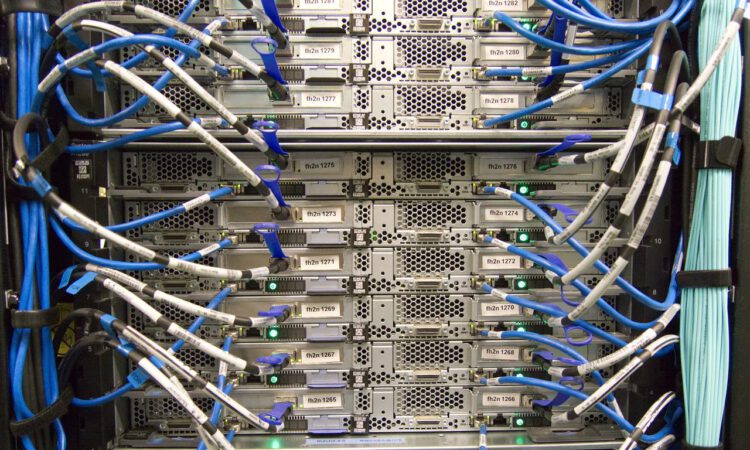
Along with the Windows Server 2012 R2 official release this month, there is another member of the Windows Server family that deserves attention, which is Windows Server 2012 R2 Essentials. I’ve written here previously about Windows Server 2012 Essentials, and can report that Microsoft continues to invest in the Essentials product. While optimized for a hybrid small office scenario, new with Windows Server 2012 R2 Essentials is the option to deploy Essentials features in a larger domain as a Windows Server role. Here are 10 new and cool things about Windows Server 2012 R2 Essentials:
1. Server deployment
You can install Essentials as a member server in a domain of any size. Previously, Windows Server 2012 Essentials could be installed as the only domain controller of a small office network. Now Windows Server 2012 R2 Essentials can be installed on a virtual server or physical server, and on a member server in an existing domain of any size. When installing as a member server, you can have more than one server running Essentials in your domain. Figure A shows the option in Windows Server 2012 R2 Server Manager to install the Essentials Experience role.
3. Pre-configured auto-VPN dialing
If you need access to on-premise network resources there is a pre-configured VPN client. Figure C shows the box that appears after connecting the computer to the network over the Internet. The user can optionally trigger auto-VPN dialing so they are always connected to the workplace.
4. Server storage
You can create shared folders such as user home folders on a secondary server on the network. Get an alert when a server folder grows beyond its defined quota.
5. Health Report
A really useful Health Report is integrated with Windows Server 2012 R2 Essentials and no longer needs to be installed as an add-in. Depending on your business needs, you can customize the system health reports to display items that you prefer to monitor. Figure D shows a daily health report viewed on a smartphone. This is a quick and easy way to keep your pulse on the health of a small network.


